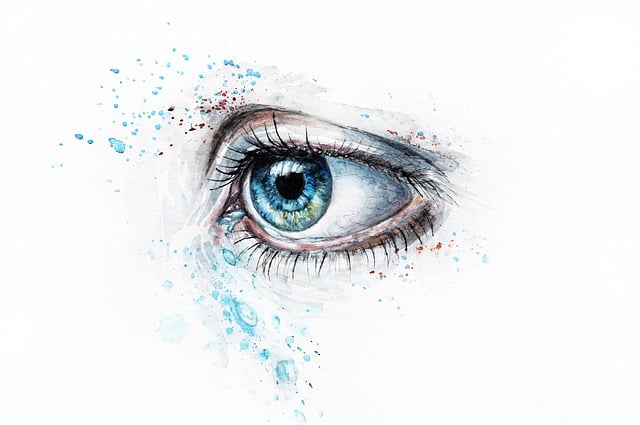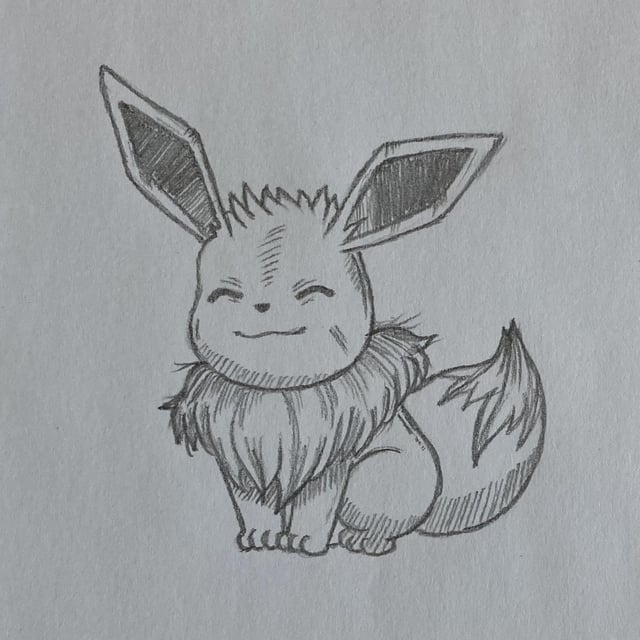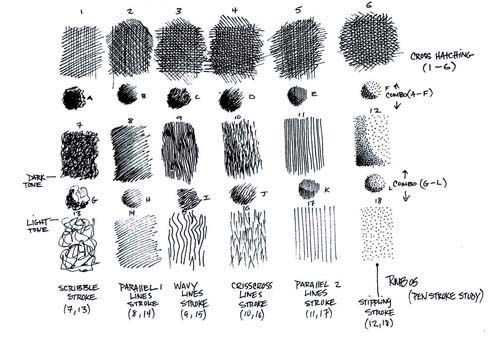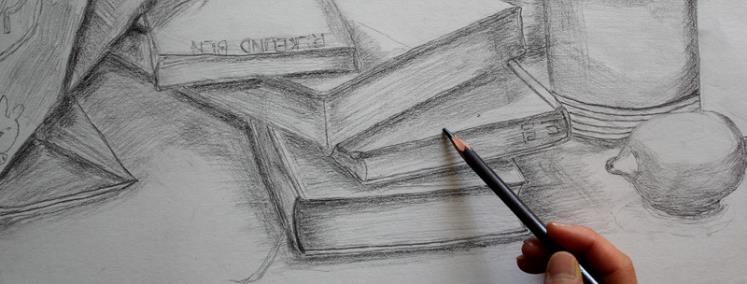
Welcome to the world of pen and ink sketching, where the strokes of a pen on paper transform into captivating works of art.
In this article, we will explore the techniques and skills required to master this timeless art form. From choosing the right pen to creating depth with hatching, we will guide you through the intricacies of pen and ink sketching.
Whether you are a seasoned artist or a beginner, this article will empower you to express your creativity and unlock the potential of pen and ink.
Choosing the Right Pen
To ensure optimal results in pen and ink sketching, it is essential to carefully select the appropriate pen for your artistic needs. Different sketching styles require different pen types to achieve the desired effects.
For fine, intricate details, a technical pen with a narrow nib is ideal. On the other hand, a brush pen is more suitable for creating bold, expressive lines and textures.
When selecting a pen for sketching, there are several factors to consider. Firstly, the ink flow should be consistent and smooth, allowing for effortless strokes. Secondly, the pen should be comfortable to hold and control, enabling the artist to execute their vision with precision. Finally, the pen should be durable and long-lasting, ensuring that it can withstand the demands of frequent use.
Mastering Simple Lines
A fundamental aspect of pen and ink sketching is mastering the use of precise and deliberate strokes to create simple lines. These lines serve as the foundation for any sketch, providing structure and form to your artwork. To achieve mastery, it is essential to understand the various techniques that can be employed, such as cross hatching.

Cross hatching involves drawing parallel lines in one direction and then layering another set of lines in a different direction, creating a mesh-like pattern. This technique adds depth, dimension, and texture to your sketches, allowing you to create realistic and visually captivating artwork. Experimenting with different line weights and angles can further enhance the texture of your sketches, adding interest and complexity.
Creating Depth With Hatching
Utilizing hatching techniques, artists can effectively bring depth to their pen and ink sketches. Hatching involves creating parallel lines or strokes to represent shading and texture. By varying the spacing, length, and direction of these lines, artists can create the illusion of depth and dimension in their artwork.
Cross hatching techniques, which involve layering lines in different directions, can further enhance the depth and texture of a drawing. This technique can be used to depict various surfaces such as fabric, wood, or skin.
Additionally, artists can experiment with different line weights and densities to create a sense of depth and volume. By mastering these hatching techniques, artists can elevate their pen and ink sketches to new levels of realism and visual appeal.
Exploring Stippling Techniques
With careful and deliberate dot placement, artists can achieve intricate textures and shading by exploring stippling techniques in their pen and ink sketches. Stippling involves using small dots or marks to create a range of values and textures. By varying the density and spacing of the dots, artists can produce a wide range of effects, from smooth gradients to detailed textures.
Stippling can be combined with other techniques, like cross hatching, to further enhance the complexity and depth of the artwork. Cross hatching involves overlapping sets of parallel lines to create darker areas and add dimension.
Understanding Light and Shadow
By studying the interplay of light and shadow, artists can elevate their pen and ink sketches to new levels of depth and realism. Understanding how light and shadow interact is crucial in creating compelling and dynamic compositions. Here are some techniques to help you capture texture in light and shadow in pen and ink sketching:

Hatching and Cross-Hatching: These techniques involve using parallel or intersecting lines to create shading and texture. Varying the density and spacing of lines can create the illusion of different textures, such as rough or smooth surfaces.
Stippling: Stippling is the process of creating texture by using small dots or marks. By varying the size, density, and spacing of the dots, you can achieve different levels of shading and texture.
Contouring: Contouring involves following the natural contours of an object with your lines to create depth and form. By carefully observing the play of light and shadow on the object, you can accurately depict its three-dimensional qualities.
Mastering the interplay of light and shadow in pen and ink sketching is essential for creating realistic and visually engaging artwork. Incorporating these techniques into your compositions will help you achieve a greater level of detail and depth, allowing your sketches to come to life.
Frequently Asked Questions
What Are Some Common Mistakes to Avoid While Choosing the Right Pen for Pen and Ink Sketching?
When choosing a pen for pen and ink sketching, it is important to avoid common mistakes. Consider the ink flow, nib size, and quality of the pen to achieve smooth and flowing lines in your sketches.
How Can I Improve My Accuracy and Precision While Mastering Simple Lines in Pen and Ink Sketching?
Improving control and precision in pen and ink sketching involves practicing simple lines and using cross hatching techniques. By honing your skills and mastering these fundamental techniques, you can achieve greater accuracy and precision in your sketches.
Are There Any Advanced Techniques to Create a Sense of Depth and Volume in My Pen and Ink Sketches?
Advanced shading techniques, such as cross hatching, can be employed to create a sense of depth and volume in pen and ink sketches. These techniques require skill and precision, but can greatly enhance the visual impact of the artwork.

What Are Some Unique Stippling Techniques That Can Add Texture and Interest to My Pen and Ink Sketches?
When seeking to add texture and interest to pen and ink sketches, one can explore unique stippling techniques. These can include cross hatching and utilizing negative space, both of which contribute to creating depth and volume in the artwork.
Can You Provide Any Tips or Tricks to Effectively Capture and Depict Light and Shadow in Pen and Ink Sketching?
To effectively capture and depict light and shadow in pen and ink sketching, it is essential to employ various techniques such as cross hatching and stippling. These methods add depth and dimension, creating realistic textures in your sketches.
 Writing TipsCreative WritingJournalingSketching TechniquesBuying GuidesPrivacy PolicyTerms And Conditions
Writing TipsCreative WritingJournalingSketching TechniquesBuying GuidesPrivacy PolicyTerms And Conditions
